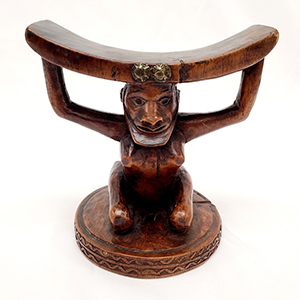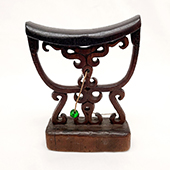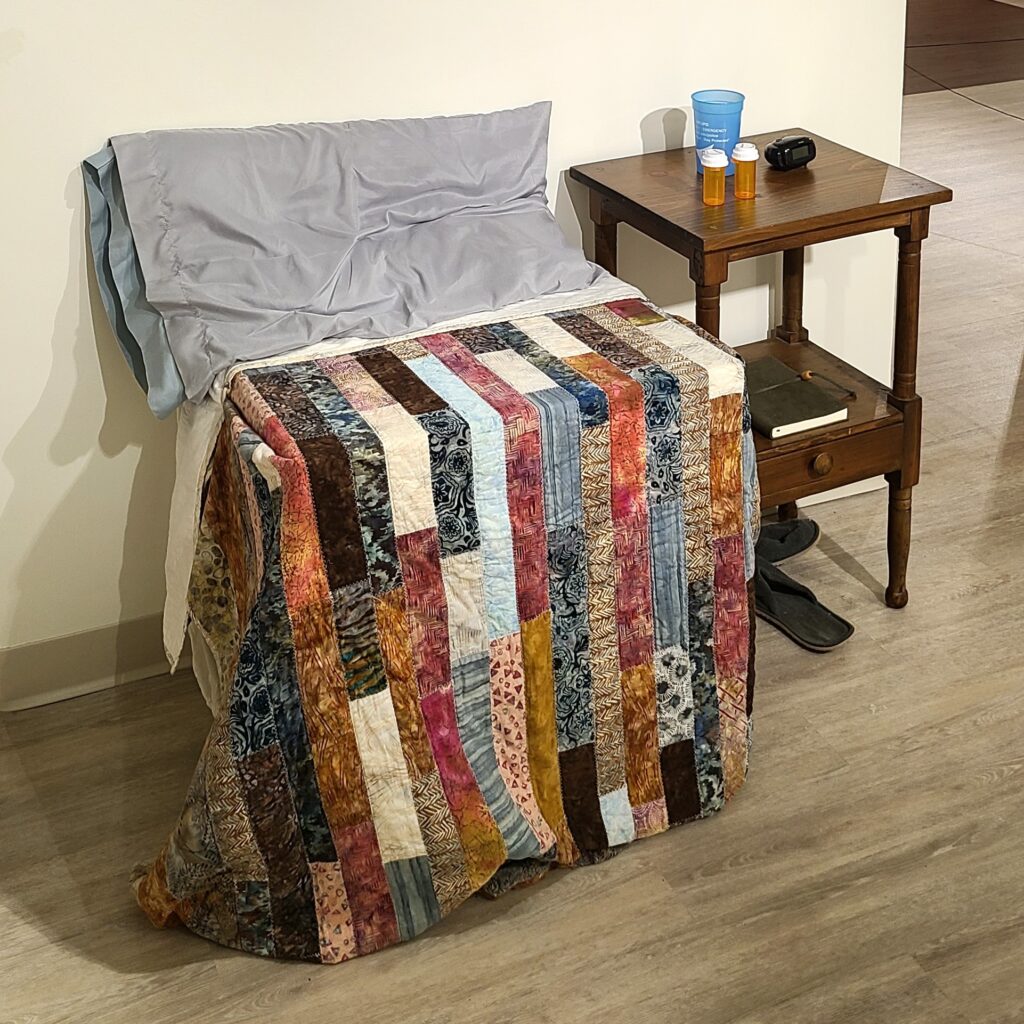Headrests: The Exhibit

Headrests are small, sculpted pieces of furniture that are used around the world during sleep. A headrest is placed under the sleeper’s neck while lying down to elevate their head, straighten their posture, and keep them from moving. In addition to supporting rest, these devices are symbols of social prestige, family relationships, and spirituality. Many are embellished with details that reflect the rich arts and cultures of their creators. Headrest shapes vary according to the aesthetics of the community in which they were created, though cultures often borrow and adapt styles from their neighbors. No matter what they look like, all of these headrests are intended to help you get good sleep!
Everyone in the world experiences sleep. However, not everyone perceives sleep in the same way. What defines good sleep can vary between cultural contexts, as can the device and technologies used to obtain good sleep. Headrests may look uncomfortable to some, but to many they are as essential to a night’s rest as a soft pillow.
Headrests have existed for thousands of years. Some of the earliest known headrests were discovered at ancient Egyptian archaeological sites. For example, archaeologists found many different headrests in King Tut’s tomb. Some of them feature the basic form of a flat base, column-like support, and curved neck rest, while others have elaborately carved figures and patterns. Some are made of typical wood, while others are made of rarer materials like glass and ivory.
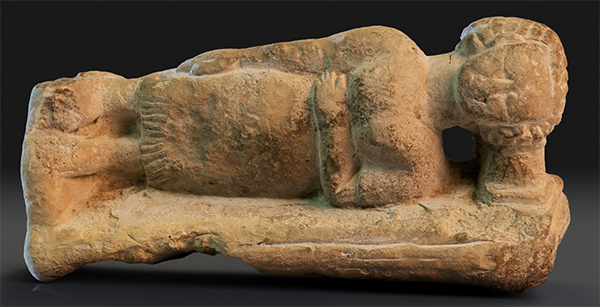
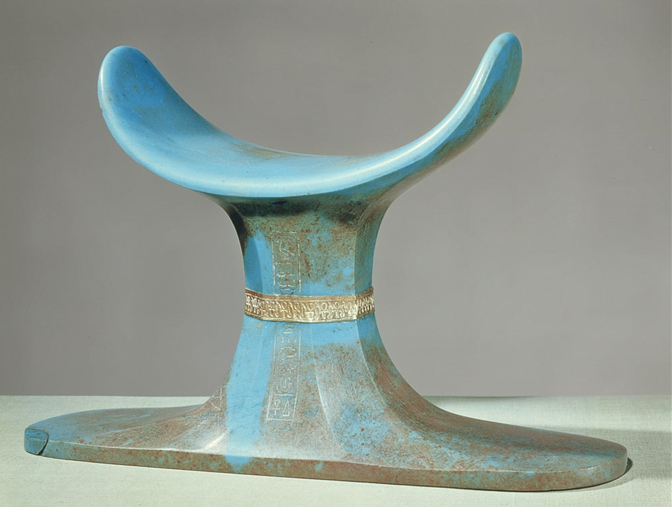
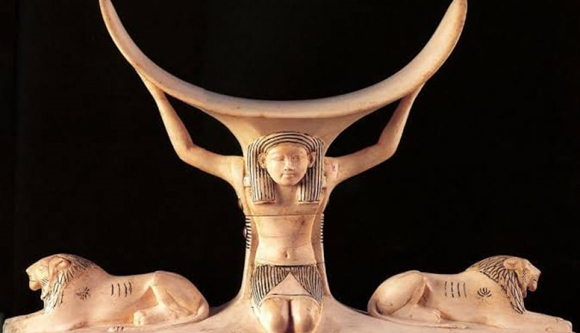
Today, headrests are still used in many communities worldwide, but not to the same degree that they once were. However, they are still considered part of cultural heritage and their symbolism continues to have meaning. For example, headrests were traditionally important in many Eastern and Southern African pastoral communities because they were portable and could be used while out tending to herds. Even though most people have adopted sedentary farming or moved to cities, headrests are still displayed as markers of identity. In Asia and the Pacific islands, headrest styles are shared between communities based on historical trade routes and ancestral connections. In both cases, headrests show how even intimate activities like sleep can cross cultural boundaries.
Though headrests are not commonly used for sleeping in the United States, they do exist! Headrests are often used with chairs while sitting. You probably even use a headrest to cushion yourself and support your neck frequently—in the car!
This exhibit was curated by Rebekah Lassiter (‘23). It was on display from January 16 to September 24, 2024.
Explore the Sections of this Exhibit
